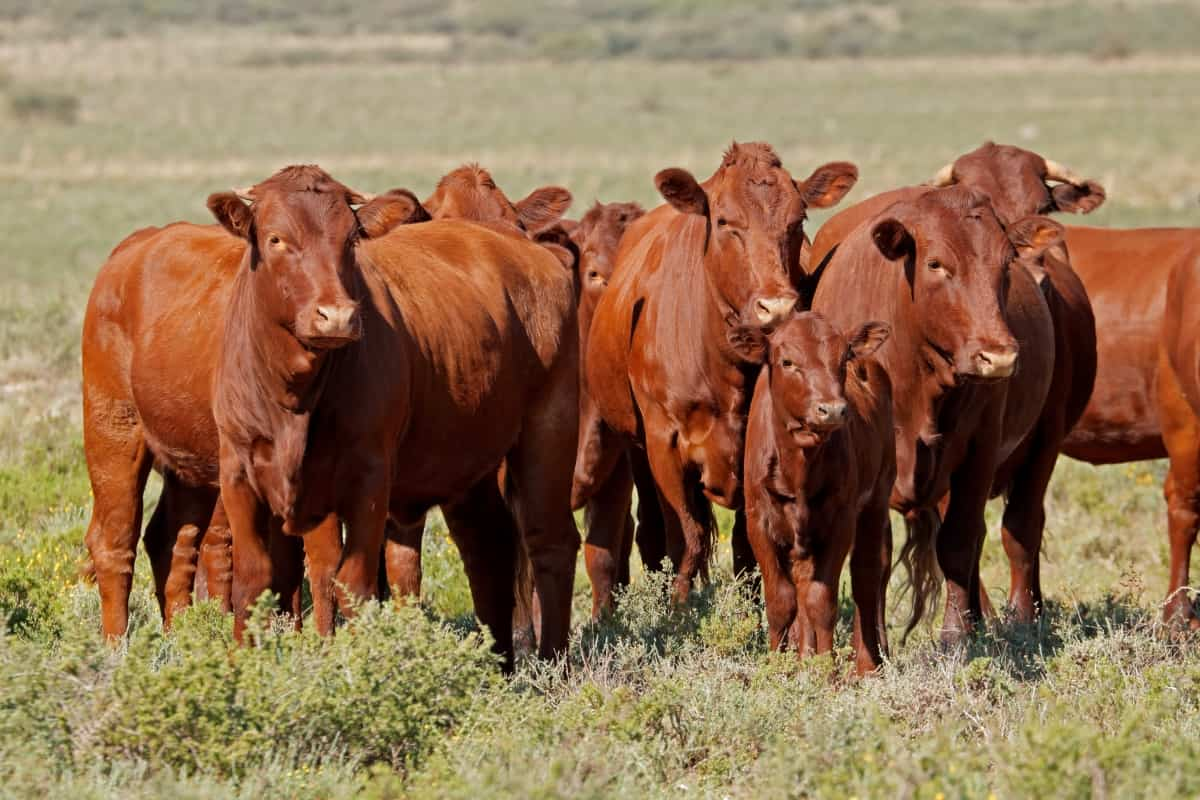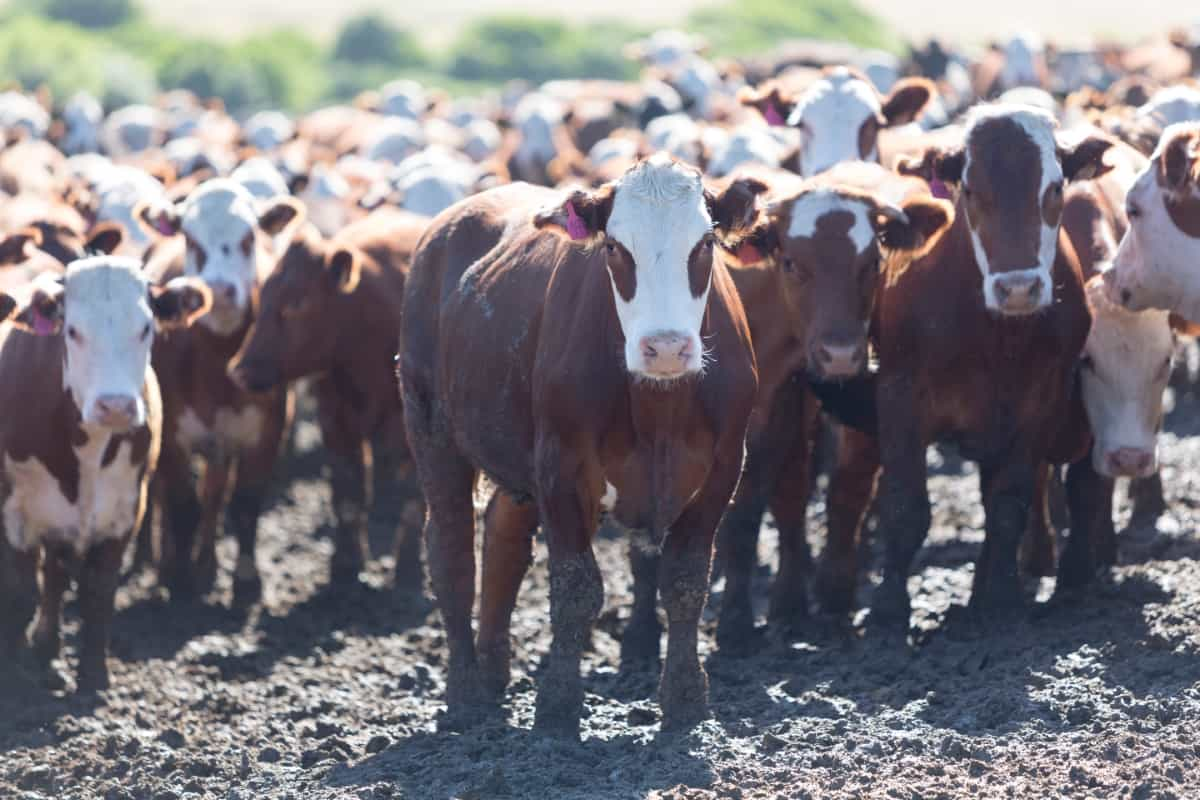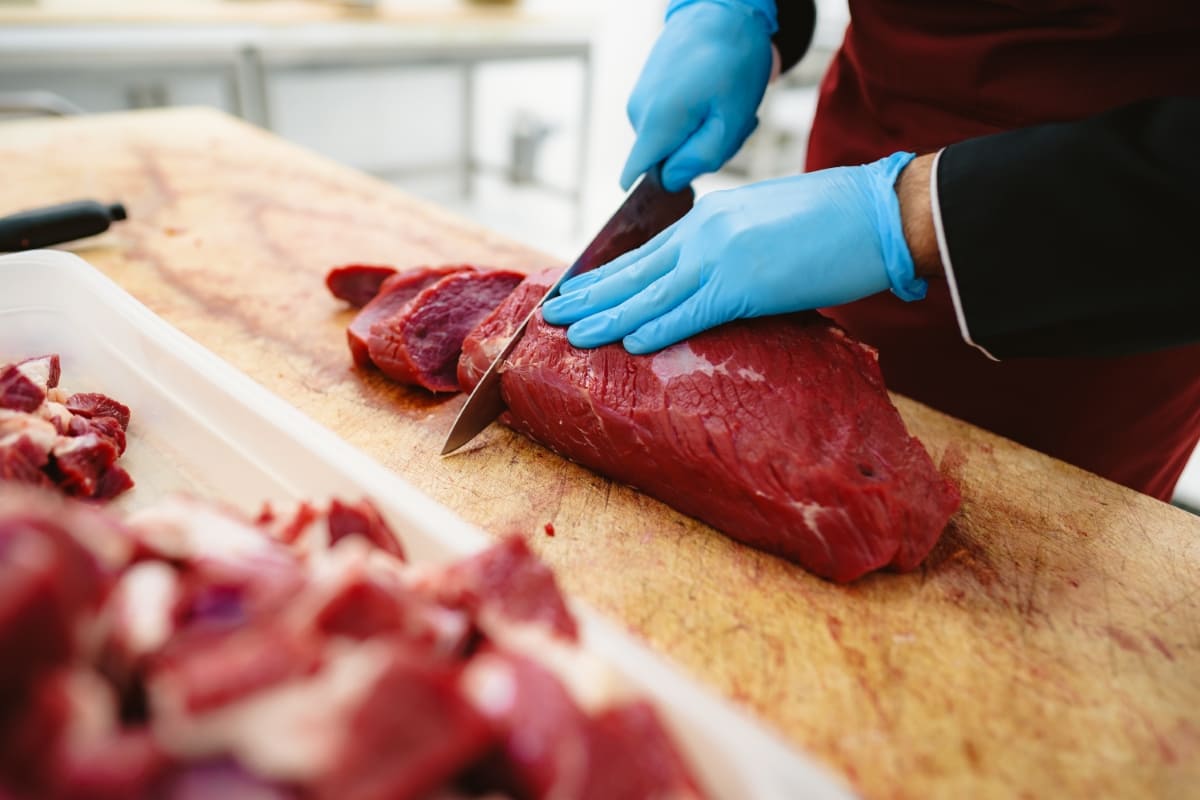Launching a direct-to-consumer beef business is an exciting venture that connects farmers directly with consumers, offering fresh, high-quality products while bypassing traditional retail intermediaries. This farm-to-table beef business model emphasizes transparency, quality, and sustainability, appealing to consumers interested in understanding where their food comes from.

With the rise of online beef sales strategies and e-commerce platforms, producers can reach a wider audience, offering everything from grass-fed beef direct marketing to organic beef options. However, navigating USDA regulations for selling beef, understanding beef pricing strategies, and ensuring efficient direct beef sales logistics are critical components.
Effective social media marketing for beef products, customer engagement, and managing customer feedback are essential for building a successful brand. Here we learn the key aspects of setting up your direct-to-consumer beef business, from regulatory compliance to marketing and distribution, ensuring you’re well-equipped to launch and grow your venture successfully.
Direct-to-Consumer Beef Business
Understanding the Direct-To-Consumer Model
Benefits of Direct Sales for Beef Producers
Direct-to-consumer beef sales offer numerous benefits, including higher profit margins by eliminating middlemen, greater control over product quality and pricing, and the opportunity to build personal relationships with customers. This model allows for transparent storytelling about sustainable beef farming practices, enhancing customer trust and loyalty. Additionally, direct sales enable real-time customer feedback management for beef sales, allowing producers to adapt and improve quickly.
Challenges and Considerations in Direct Marketing
While direct marketing presents significant opportunities, it also comes with challenges, such as the need for robust direct beef sales logistics, meeting beef business licensing requirements, and ensuring compliance with USDA regulations for selling beef. Producers must also invest in marketing, from beef product photography tips to social media strategies, to effectively promote their products. Understanding these challenges and planning accordingly is crucial for a successful direct-to-consumer beef business.
Market Research and Target Audience
Identifying Your Ideal Customer
Successful direct-to-consumer beef businesses start with a clear understanding of their target market. Identifying your ideal customer involves researching consumer preferences for beef products, such as grass-fed or organic options, and understanding their buying behaviors. This insight informs everything from product development to marketing strategies, ensuring your offerings resonate with your audience.
Analyzing Competitor Strategies and Market Demand
Analyzing competitor strategies and market demand helps you position your business effectively. Understanding what similar businesses offer, their pricing models, and how they engage with customers can provide valuable insights for differentiating your brand.
Product Development and Branding
Crafting a Unique Selling Proposition (USP)
Your unique selling proposition (USP) sets you apart from competitors and attracts your target audience. Whether it’s the superior taste of your beef, sustainable farming practices, or exclusive breeds, your USP should reflect what makes your product special and why customers should choose you. This differentiation is key in a crowded market.
Building a Memorable Brand Identity
Beef brand development is more than just a logo; it encompasses your brand’s values, story, and experience. A memorable brand identity resonates with your target audience and builds emotional connections, making customers more likely to choose your beef over others.
Regulatory Compliance and Certification
Navigating USDA Regulations for Beef Sales
Adhering to USDA regulations for selling beef is non-negotiable for direct-to-consumer beef businesses. These regulations ensure food safety and quality, covering everything from slaughtering practices to labeling. Familiarizing yourself with these regulations and staying updated on any changes is crucial for operating legally and maintaining customer trust.
Obtaining Necessary Licenses and Certifications
To legally sell beef directly to consumers, you must obtain necessary licenses and certifications, including a business license, a meat seller’s permit, and organic beef certification, if applicable. These credentials ensure compliance with legal requirements and enhance your credibility with consumers, showing your commitment to quality and safety.
In case you missed it: Ultimate Guide to Raising Oreo Cows: Belted Galloways Farming Facts, Profile, Uses, and Care

Farm Infrastructure and Processing
Setting up Efficient Farm-To-Table Operations
Efficient farm-to-table operations are the backbone of a successful direct-to-consumer beef business. This involves setting up sustainable beef farming practices prioritizing animal welfare and environmental health, ensuring a high-quality product. Farm-to-consumer beef packaging and presentation also play a significant role in customer perception and satisfaction.
Choosing Between On-Farm Processing vs. Using a Processor
Deciding between on-farm processing and using an external processor depends on various factors, including volume, cost, and regulatory compliance. On-farm processing offers more control over the entire process but requires significant investment in facilities and equipment. Using a processor, however, can ease the burden of compliance and capital investment, though it may reduce control over the final product.
Pricing Strategy and Financial Planning
Cost Analysis and Pricing Models
Conducting a thorough cost analysis is essential for developing effective beef pricing strategies. This analysis should account for all production, processing, and marketing aspects, ensuring that your pricing covers costs and generates a profit. Competitive pricing models that reflect the quality and uniqueness of your product can also attract and retain customers.
Budgeting for Marketing and Operations
A well-planned budget is critical for balancing marketing expenses and operational costs. Allocating funds for essential activities like online beef sales strategies, email marketing for beef sales, and social media marketing ensures your products reach your target audience. Meanwhile, budgeting for day-to-day operations keeps the business running smoothly, from farm maintenance to customer service.
Marketing and Sales Channels
Developing an Effective Online Presence
Your online platform should be user-friendly, offering easy access to product information, purchasing options, and customer support, making it simple for customers to buy your beef products.
Leveraging Social Media and Email Marketing
Utilize social media and email marketing to effectively connect with customers and advertise your beef products. Consistent and compelling content highlighting your farming methods, product range, and operational insights can foster a dedicated brand following. Email campaigns also serve to update customers on new releases, promotions, and company updates, fostering repeat purchases.
Customer Relationship Management
Building Trust Through Transparency and Education
Sharing information about your farming practices, beef processing, and the benefits of your products helps customers understand the value of what you offer. This transparency and educational content can turn casual buyers into loyal advocates for your brand.
Implementing a Customer Feedback Loop
Establishing a customer feedback loop is vital for ongoing enhancement and ensuring customer contentment. Consistently seeking input on your offerings and taking action based on this feedback demonstrates your regard for customer opinions and dedication to delivering optimal experiences. This feedback can inform product development, marketing strategies, and operational improvements.
Distribution and Logistics
Options for Delivery and Shipping
Choosing the right beef shipping and fulfillment solutions ensures your products reach customers fresh and in perfect condition. Options range from local delivery services for nearby customers to specialized shipping services for longer distances. Efficient packaging and reliable delivery partners are key to maintaining product quality during transit.
Managing Inventory and Fulfillment
Effective inventory and fulfillment management ensures you can meet customer demand without overstocking or running out of products. This involves careful planning and coordination, from processing and packaging to storage and shipping. Efficient systems help avoid delays and errors, enhancing customer satisfaction and loyalty.
In case you missed it: How to Make and Use Cow Dung-Urine Pesticide

Growth Strategies and Scaling Up
Expanding Product Lines and Offerings
This might include introducing new cuts of beef, value-added products like sausages or jerky, or even complementary products like farm-fresh eggs or vegetables. Carefully considering customer demand and feedback can guide these expansions.
Partnerships and Collaborations for Wider Reach
Partnerships and collaborations with other businesses, such as local restaurants, grocery stores, or online marketplaces, can significantly expand your reach. These collaborations can introduce your products to new audiences and provide additional sales channels, helping to grow your direct-to-consumer beef business and build a stronger brand presence in the market.
In case you missed it: Zebu Cow Breed: Origin, Characteristics, Price, Life Span, Appearance, and Temperament

Conclusion
Launching a successful direct-to-consumer beef business requires careful planning and dedication, from navigating regulatory requirements to implementing effective marketing strategies. Producers can build a loyal customer base by focusing on quality, transparency, and customer engagement and grow their farm-to-table beef business in a competitive market.
- Feed Your Flock for Less: Top 10 Tips to Save on Chicken Feed
- Ultimate Guide to Ossabaw Island Hog: Breeding, Raising, Diet, and Care
- Hatching Answers: The Top 10 Reasons Your Chickens Aren’t Laying Eggs
- Eggs and Economics: Breaking Down the Cost of Raising Backyard Chickens
- Defend Your Greens: Proven Methods to Keep Iguanas Out of Your Garden
- Ultimate Guide to Cinnamon Queen Chicken: A Comprehensive Guide for Beginners
- Ultimate Guide to California Tan Chicken: Breeding, Raising, Diet, Egg-Production and Care
- Ultimate Guide to Marsh Daisy Chicken: Breeding, Raising, Diet, and Care
- 10 Types of Chicken Farming Businesses You Can Start for Profits